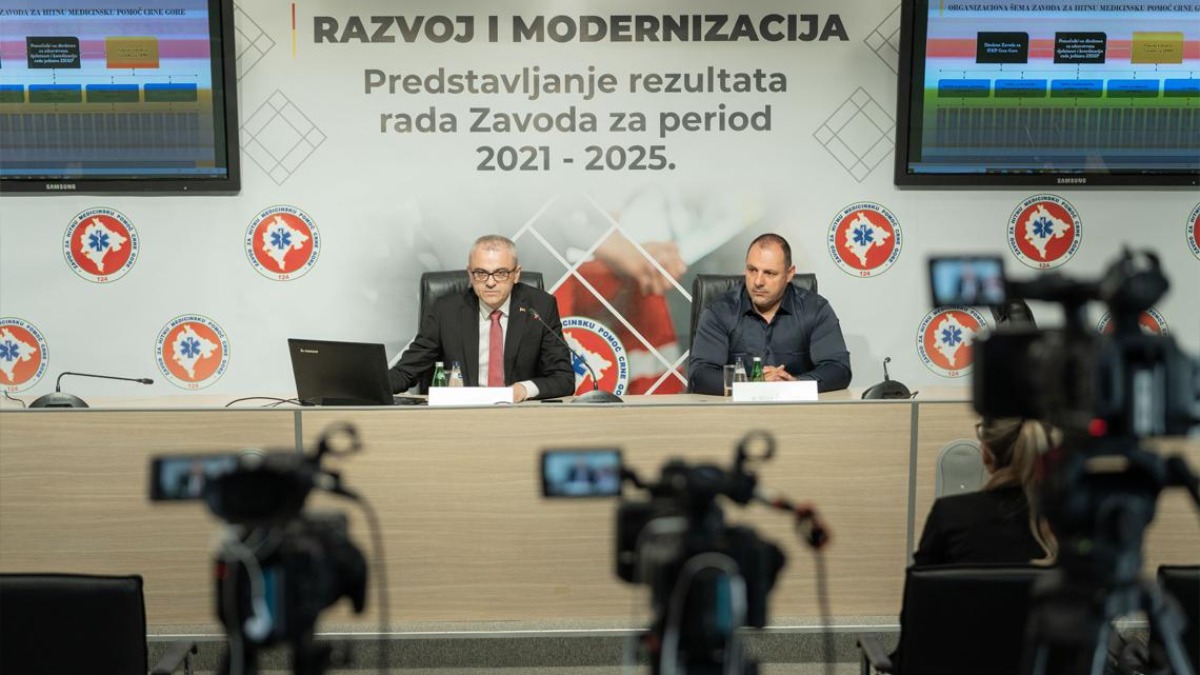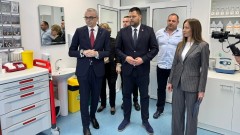The emergency medical services system in Montenegro has been significantly improved through infrastructure modernization, introduction of laboratory and ultrasound diagnostics, and telemedicine. The Emergency Medical Service Institute now operates 24 technically equipped units connected to the internet, enabling more efficient coordination and faster patient care, especially in urgent cases like heart attacks. Six million euros have been invested in modernization, including vehicle fleet renewal and digital record-keeping. Systems for equipment tracking and call recording have also been introduced, with plans for further telemedicine development and implementation of the Norwegian home visit protocol. Staff shortages are being compensated with technological solutions, and cooperation with the medical faculty and international partners has been intensified. These changes bring the Montenegrin system closer to European standards of emergency medicine and position it as a regional leader.
Political Perspectives:
Left: The left-leaning perspective emphasizes the social benefits of modernizing the emergency medical system, highlighting investments in public health infrastructure and the importance of equitable access to quality healthcare services. It supports the use of technology to improve healthcare delivery and reduce staff shortages, viewing these improvements as a step towards a more sustainable and inclusive health system.
Center: The centrist perspective focuses on the practical aspects of the modernization efforts, such as the financial investments, technological upgrades, and improved efficiency in emergency response. It highlights the balance between innovation and maintaining service quality, recognizing the importance of international cooperation and adherence to European standards to enhance healthcare outcomes.
Right: The right-leaning perspective may emphasize the efficiency and cost-effectiveness of the modernization, supporting the use of technology to optimize resources and reduce bureaucracy. It may also highlight the importance of accountability, such as the introduction of call recording and equipment tracking, and the role of private and international partnerships in advancing the healthcare system.






